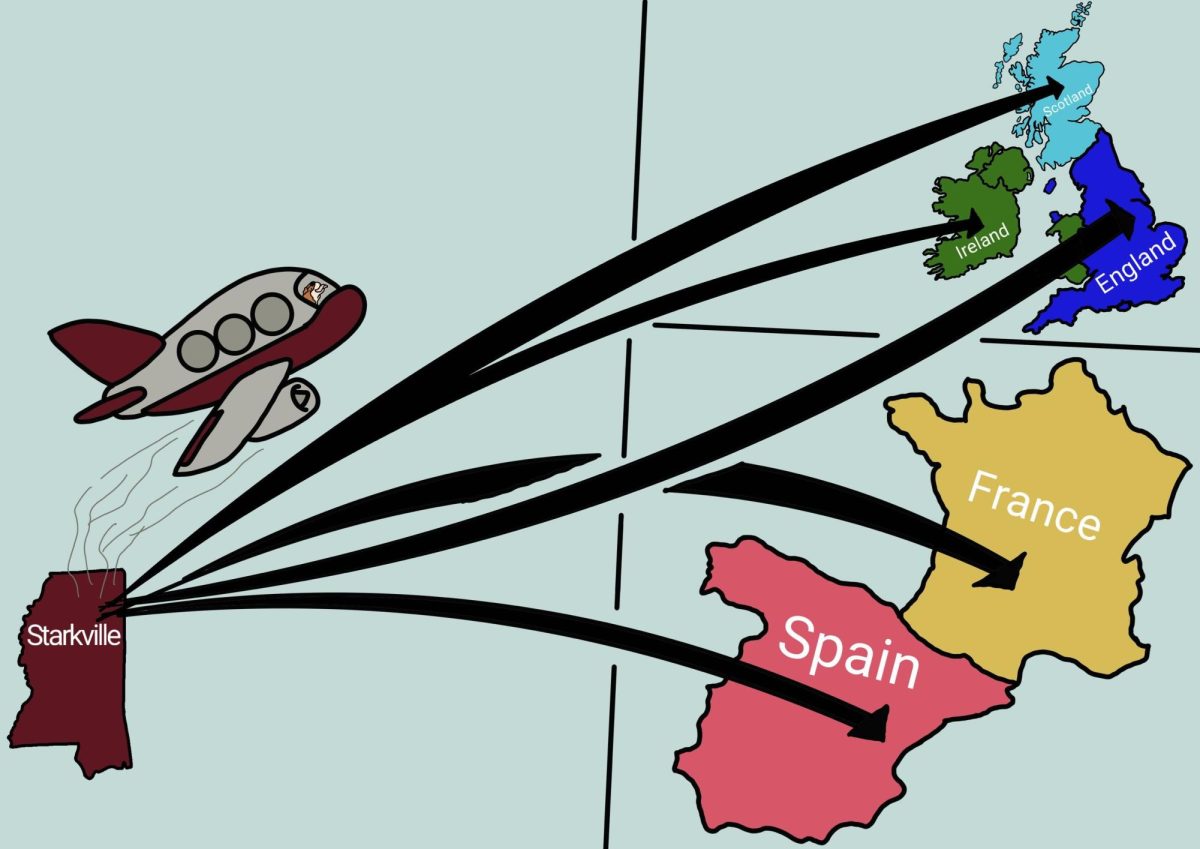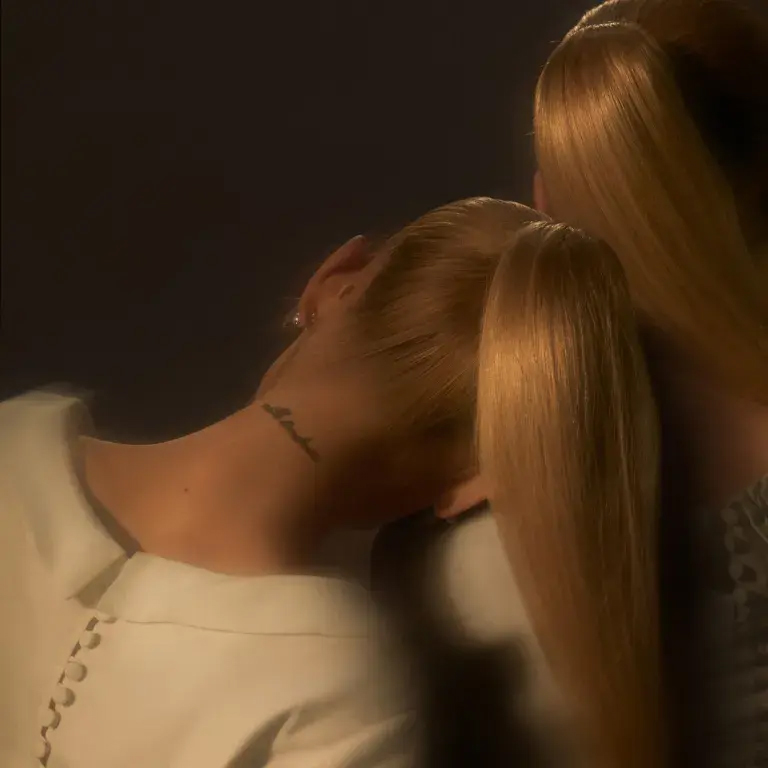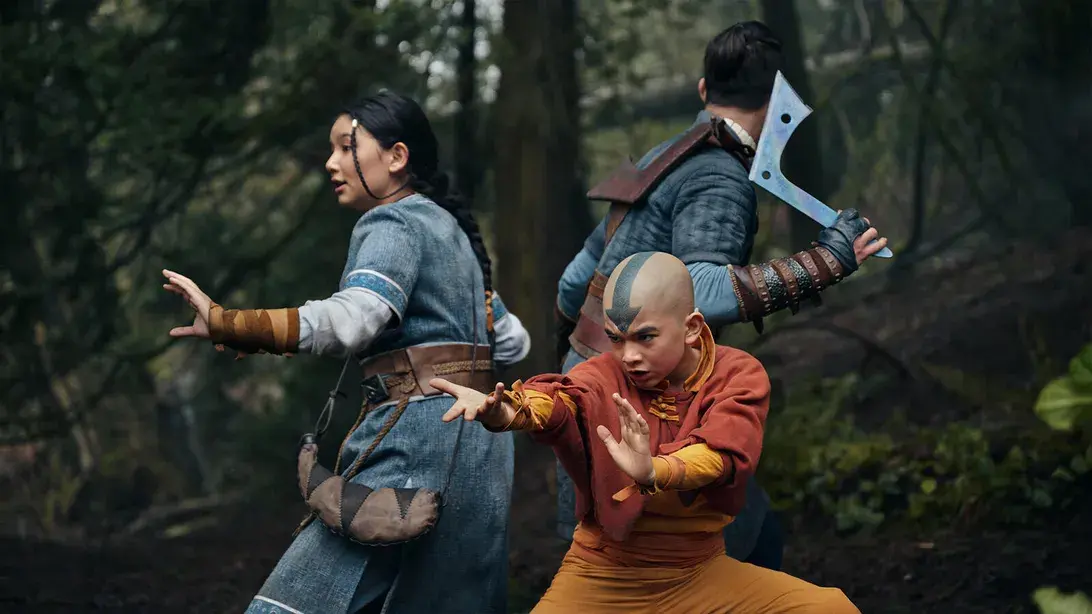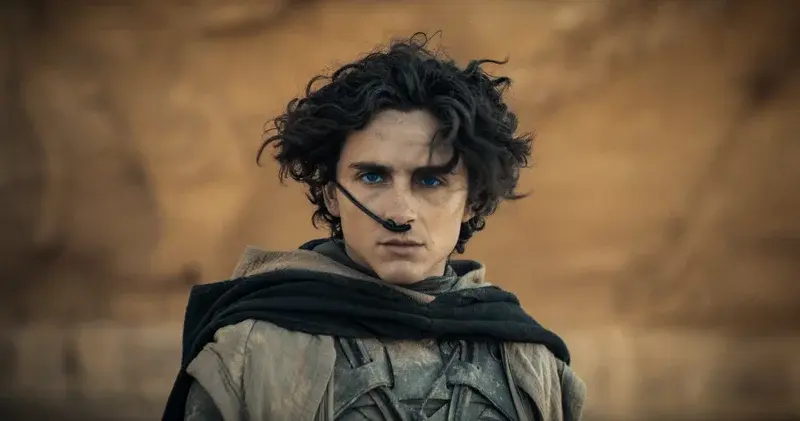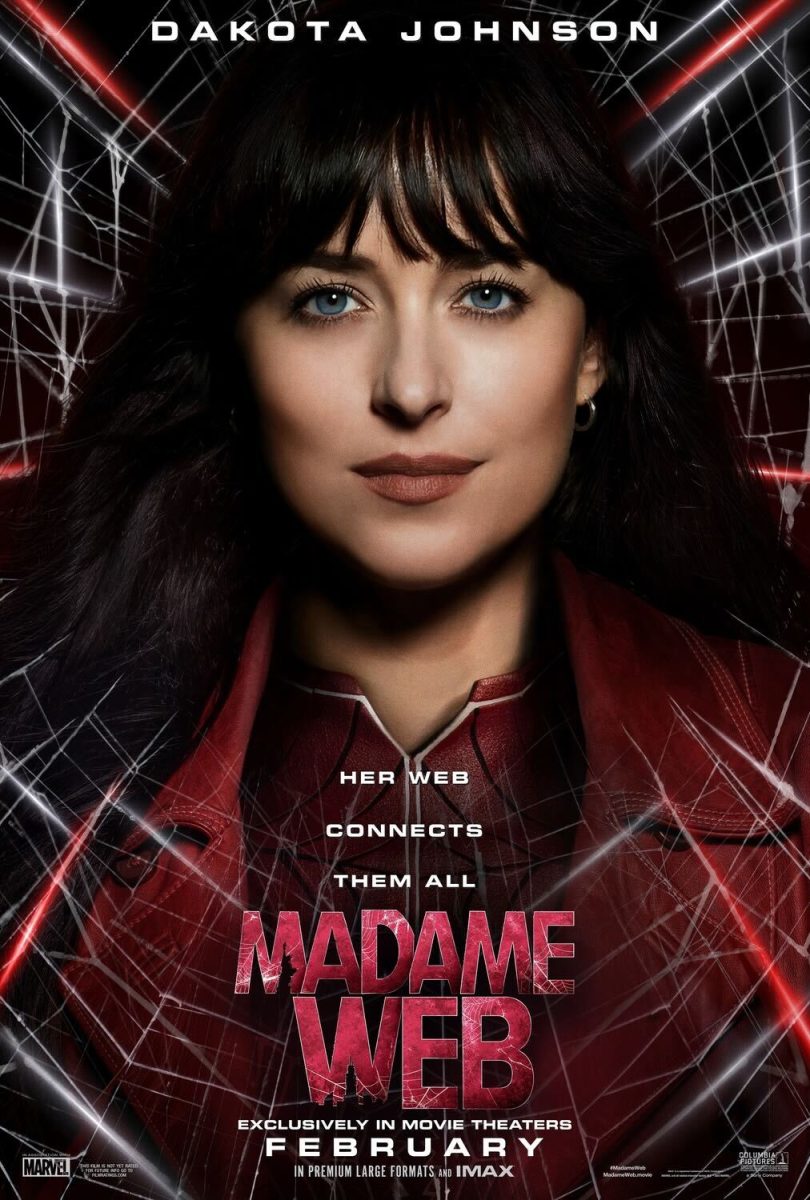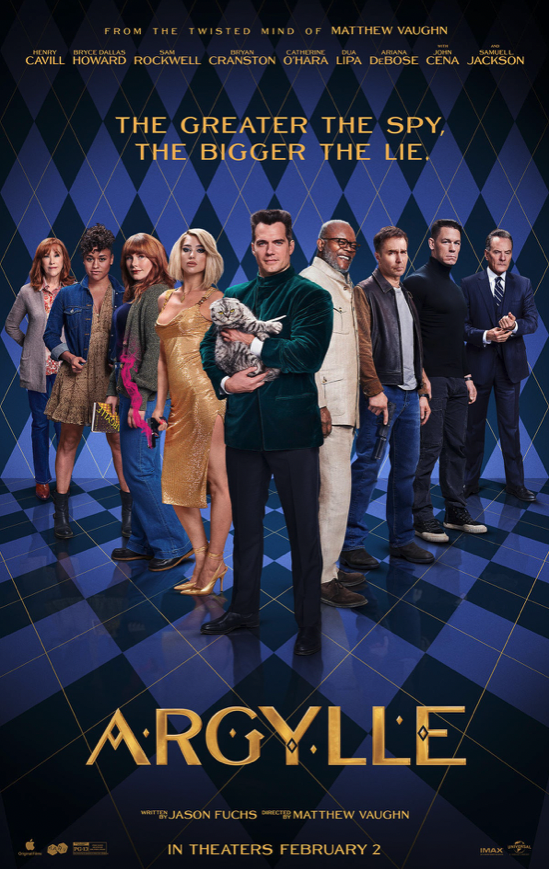Early into the runtime of “Ghostbusters: Frozen Empire,” there is a scene where the Ecto-Containment System inside of the iconic firehouse starts failing due to it being overstuffed with ghosts to the point that it is breaking apart under the strain.
This scene is a fairly apt representation for the quality of the movie itself.
Directed by Gil Kenan and co-written with Jason Reitman, “Ghostbusters: Frozen Empire” was released March 22, and grossed $45.2 million within its opening weekend. The film focuses on the ghostbusters facing off against the threat of Garraka, an ancient deity that wants to bring about the second Ice Age and rule the world.
Despite the interesting premise, the film ends up stuck with an incredibly sluggish pacing. As a result, the movie lethargically jumps from plot-line to plot-line while branching off into even more subplots full of unnecessary, complex lore with the occasional brief action scene and joke to keep viewers awake until a rushed and anti-climactic final battle forces the film to an end.
What might make this pacing worth it is if it had built up an interesting and engaging new threat. Unfortunately, despite his incredibly dense backstory and hype around his dangerous powers, Garraka is no more interesting or complex than a Saturday morning cartoon villain of the week.
The movie’s antagonist is not the only underutilized character in this film. Original Ghostbusters’ Peter Venkman (Bill Murray), Janine Melnitz (Annie Potts) and Winston Zeddemore (Ernie Hudson) are nothing more than glorified cameos, only appearing in a scene or two before the climatic showdown.
In addition, characters who were introduced in the previous film, such as Trevor (Finn Wolfhard), Callie Spengler (Carrie Coon), Podcast (Logan Kim) and Lucky Domingo (Celeste O’Connor), as well as newcomer Lars Pinfield (James Acaster), wander around aimlessly throughout the film and are occasionally given a scene or two of exposition to have a reason for existing in this film.
Fortunately, not all of the characters are wasted in this film. Ray Stantz (Dan Aykroyd) is given a surprisingly sentimental subplot regarding his character’s frustration at retirement and his desire to relive his glory days. Paul Rudd’s Gary Grooberson struggles with being a responsible stepfather, and Nadeem Razmaadi (Kumail Nanjiani), a middle-aged slacker with no purpose in life, discovers his family’s past as ghost hunters and unlocks his powers as a fire-bender (not making this up).
However, the character who receives the worst side plot in this film is the previous film’s child protagonist and breakout character, Phoebe Spengler (Mckenna Grace).
Throughout the film, Phoebe interacts with Melody (Emily Alyn Lind), the ghost of a teenage girl who died in a fire. While Phoebe grows closer to her, it is revealed that Melody is working with Garraka to manipulate Phoebe into freeing him from his prison, which can only happen if he possesses her ghost.
To meet that end, Melody must manipulate Phoebe’s attraction for her as well as her growing feelings of isolation and worthlessness to utilize Ghostbuster technology to temporarily end her own life.
It should be noted that while the Ghostbuster franchise is primarily comedic, many scenes that involve death, barring a few examples that are played for dark humor, are normally among the more serious and intense moments of the films. The first film shows the characters worrying about the apocalypse while the second one’s climax involves saving a baby’s life from a cult sacrifice. In fact, Kenan and Reitman’s previous collaboration, “Ghostbusters: Afterlife,” revolved around the loss of founding Ghostbuster Egon Spengler (mirroring the death of his actor Harold Ramis), and the emptiness that his absence leaves in the lives of people he cared about. This film treats suicide both in a whimsical, semi-romantic light and as something that can easily be undone.
“Ghostbusters: Frozen Empire” is a frustratingly slow film, with plot lines that are boring, drawn out or downright problematic. Ultimately, this franchise has become a ghost of its former self.




















































































